The enigmatic nature of dark matter continues to captivate astronomers, and dwarf galaxies have emerged as a critical testing ground for understanding its pervasive influence. Unlike their larger counterparts, these faint, diffuse systems are dominated by dark matter, making them ideal laboratories for studying its properties. Recent advancements in observational techniques and computational modeling have allowed scientists to probe the dark matter content of dwarf galaxies with unprecedented precision, shedding light on one of the universe's most profound mysteries.
Dwarf galaxies, often orbiting larger galaxies like the Milky Way, exhibit mass-to-light ratios that defy conventional explanations. Their visible stars and gas account for only a fraction of their total mass, with the remainder attributed to dark matter. This discrepancy is particularly striking in ultra-faint dwarf galaxies, where dark matter can constitute up to 99% of the total mass. Such extreme ratios challenge existing theories of galaxy formation and raise fundamental questions about the nature of dark matter itself.
Observational techniques have played a pivotal role in quantifying dark matter in these diminutive systems. By measuring the velocities of stars within dwarf galaxies, astronomers can infer the gravitational pull exerted by unseen mass. High-resolution spectroscopy has revealed that stars in these galaxies move at speeds that would tear the systems apart if only visible matter were present. This dynamical evidence provides some of the strongest support for the existence of dark matter, particularly in low-mass galactic environments.
The Lambda-Cold Dark Matter (ΛCDM) model, which serves as the standard framework for cosmology, predicts a specific distribution of dark matter in dwarf galaxies. According to this model, dark matter should form dense "halos" at the centers of these galaxies. However, some observations suggest that the dark matter distribution may be more uniform than expected, creating what researchers call the "core-cusp problem." This discrepancy has led to lively debates within the astrophysics community, with some proposing modifications to the ΛCDM model while others explore alternative dark matter theories.
Gravitational lensing offers another powerful tool for studying dark matter in dwarf galaxies. When a dwarf galaxy passes between Earth and a more distant light source, its gravitational field bends the background light, creating measurable distortions. By analyzing these subtle effects, astronomers can map the dark matter distribution without relying solely on the motion of visible stars. This technique has become increasingly sophisticated, allowing researchers to detect even the faintest dwarf galaxies and measure their dark matter content with remarkable accuracy.
Computer simulations have revolutionized our understanding of how dark matter shapes dwarf galaxies. State-of-the-art cosmological models can now recreate the formation and evolution of these systems, providing valuable insights into the relationship between dark matter and visible matter. These simulations often predict more dwarf galaxies around large galaxies like the Milky Way than we currently observe, leading to the so-called "missing satellites problem." Resolving this discrepancy remains an active area of research, with potential solutions ranging from improved detection methods to modifications in our understanding of dark matter physics.
The study of dark matter in dwarf galaxies has significant implications for particle physics. Many theories propose that dark matter consists of weakly interacting massive particles (WIMPs), which could potentially be detected through their rare interactions with normal matter. Dwarf galaxies, being dark matter-dominated environments with relatively low background noise, are considered prime targets for indirect detection experiments. Observations of gamma rays or other high-energy particles emanating from these galaxies could provide the smoking gun evidence for WIMP dark matter.
Recent observations have also revealed intriguing variations in dark matter content among different populations of dwarf galaxies. Satellite dwarfs orbiting large galaxies often show different dark matter distributions compared to isolated "field" dwarfs. These differences may result from interactions with their host galaxies, including tidal stripping and other environmental effects. Understanding these processes is crucial for developing a complete picture of how dark matter behaves in diverse galactic environments.
Future telescopes and surveys promise to dramatically expand our knowledge of dark matter in dwarf galaxies. Projects like the Vera C. Rubin Observatory's Legacy Survey of Space and Time (LSST) are expected to discover thousands of new dwarf galaxies, many of which will be ultra-faint systems with extreme dark matter content. Simultaneously, next-generation space telescopes will provide more detailed measurements of stellar motions and chemical compositions in these galaxies, offering new clues about their dark matter halos.
As research continues, dwarf galaxies remain at the forefront of dark matter studies. Their simple structure, dominated by dark matter, provides a cleaner system for testing theories than more complex, baryon-rich galaxies. Each new observation and simulation brings us closer to understanding the mysterious substance that makes up about 85% of the matter in the universe. While many questions remain unanswered, the study of dark matter in dwarf galaxies continues to push the boundaries of astrophysics and cosmology, challenging our fundamental assumptions about the composition and evolution of the cosmos.

By James Moore/Apr 19, 2025

By Joshua Howard/Apr 19, 2025

By Natalie Campbell/Apr 19, 2025

By Grace Cox/Apr 19, 2025

By Noah Bell/Apr 19, 2025
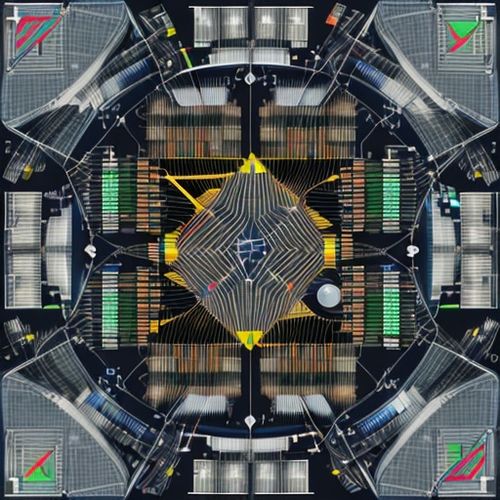
By Victoria Gonzalez/Apr 19, 2025

By Amanda Phillips/Apr 19, 2025

By Samuel Cooper/Apr 19, 2025

By Sophia Lewis/Apr 19, 2025

By Emma Thompson/Apr 19, 2025

By Thomas Roberts/Apr 19, 2025

By Lily Simpson/Apr 19, 2025

By Sophia Lewis/Apr 19, 2025
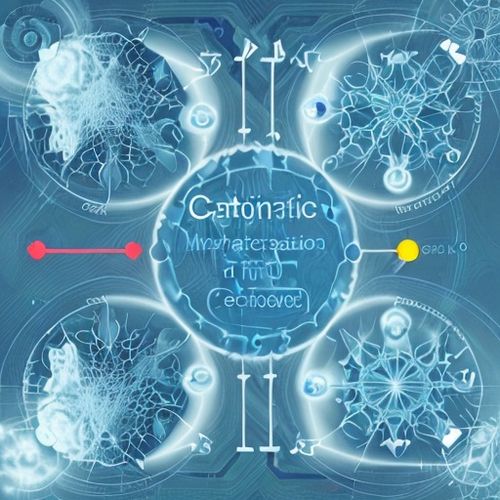
By Sophia Lewis/Apr 19, 2025

By Eric Ward/Apr 19, 2025

By Natalie Campbell/Apr 19, 2025
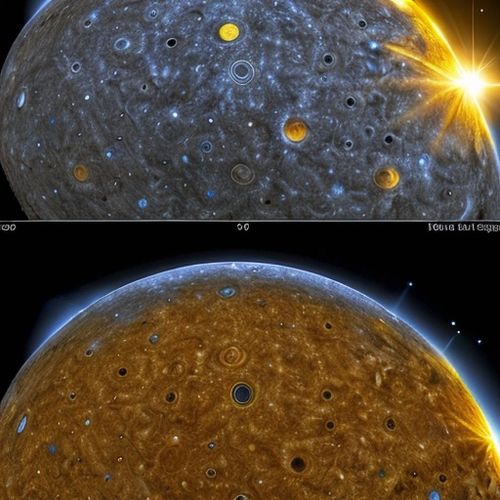
By Natalie Campbell/Apr 19, 2025
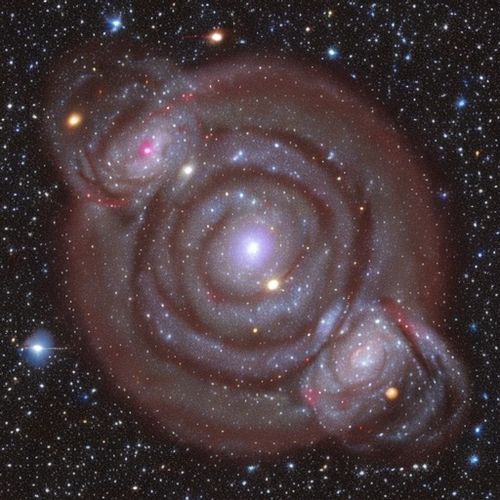
By Christopher Harris/Apr 19, 2025
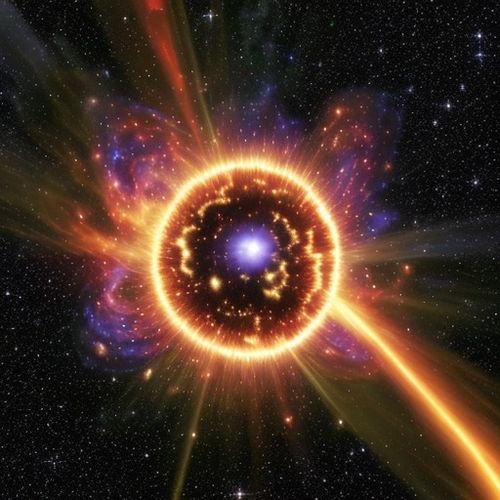
By Sophia Lewis/Apr 19, 2025
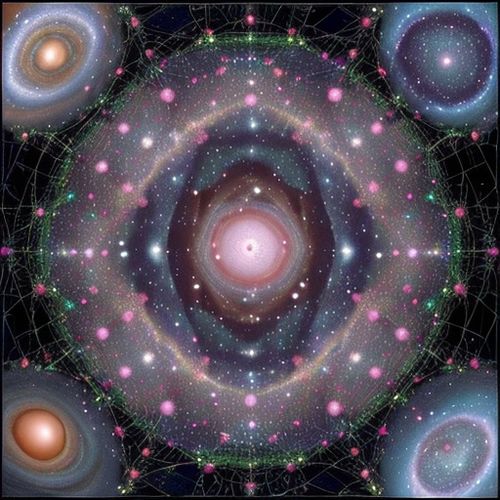
By Lily Simpson/Apr 19, 2025